 1986 Rover 800 Dimensions, Size & Specs
1986 Rover 800 Dimensions, Size & SpecsMeasurements of the 1986 Rover 800, engineered for optimal performance and comfort
| Dimensions | |
|---|---|
| Length: | 4882 mm192.2 in16.0 ft |
| Width: | 1730 mm68.1 in5.7 ft |
| Height: | 1393 mm54.8 in4.6 ft |
| Trunk Capacity: | 445 liter15.7 cu ft |
| Weight Specifications | |
| Curb Weight: | 1335-1470 kg2943-3241 lbs |
| Maximal permitted Weight: | 1850-1970 kg4079-4343 lbs |
| Tire Specifications | |
| Rims Sizes: |
|
| Tire Sizes: |
|
The Rover 800, produced from 1986 to 1999, is a mid-sized sedan that combines classic British luxury with practical dimensions suitable for family and executive use. Measuring 4882 mm (192.2 inches) in length, 1730 mm (68.1 inches) in width, and standing 1393 mm (54.8 inches) tall, this vehicle offers a balanced silhouette that provides ample interior room while maintaining a sleek, aerodynamic profile for its time. Its curb weight varies between 1335 kg (2945 lbs) and 1470 kg (3241 lbs), depending on model configuration, reflecting a solid build that prioritizes both comfort and safety. Additionally, the maximum allowable weight ranges between 1850 kg (4080 lbs) and 1970 kg (4344 lbs), accommodating passengers and cargo with ease. Luggage space is practical at 445 liters (15.7 cubic feet), which makes the Rover 800 well suited for longer journeys or daily errands requiring moderate cargo capacity. The car supports multiple rim sizes from 14 to 16 inches, and tire options include 195/R14, 205/55 R16, and various 195/65 and 195/70 configurations, offering flexibility in ride comfort and performance. Overall, the Rover 800 represents a notable example of late 20th-century British sedan engineering, blending usable interior space and moderate exterior dimensions to meet the needs of discerning drivers.
Discover the standout features that make the 1986 Rover 800 a leader in its class
Have a question? Please check our knowledgebase first.
The Rover 800 generation produced from 1986 to 1999 measures 4882 mm (192.1 inches) in length, 1730 mm (68.1 inches) in width, and 1393 mm (54.8 inches) in height. These dimensions reflect its design as a mid-size luxury sedan, offering a spacious and comfortable cabin while maintaining a moderately sized footprint on the road.
The curb weight of the Rover 800 during its production period ranges between 1335 kg to 1470 kg (approximately 2945 to 3241 pounds). This variation depends on the specific model variant, equipment levels, and engine configurations. The weight reflects a balance between vehicle sturdiness and performance efficiency suitable for a sedan of its class.
The Rover 800 provides a luggage capacity of 445 liters (about 15.7 cubic feet). For a mid-size luxury sedan produced in the late 80s and 90s, this capacity is quite competitive, offering ample space for everyday usage such as shopping, travel bags, and small to medium-sized luggage, aligning well with its family and executive target market.
The Rover 800 came with several rim and tire size options depending on the trim and model year. Rim sizes included 14 and 15 inches, while tire sizes varied between 195/70 R14, 195/65 R15, 195/65 R15 V, 205/55 R16, and 195/ R14. These options allowed for a balance of ride comfort, handling, and aesthetic appeal.
Yes, the Rover 800 can fit into a standard residential garage. Given its width of 1730 mm (68.1 inches) and length of 4882 mm (192.1 inches), it is compact enough to accommodate typical garage dimensions, which generally range from 2.4 to 3 meters in width and around 5 to 6 meters in length. Drivers should still ensure there is clearance for door opening and maneuvering, allowing comfortable parking and storage.
With a width of 1730 mm (68.1 inches), the Rover 800 sits comfortably within the mid-size sedan segment norms of the late 1980s to late 1990s. It is neither too narrow nor too wide, striking a balance that provides sufficient cabin space without making parking or driving in tight urban settings overly challenging. Compared to competitors of similar era, it is comparable in width, supporting its classification as a practical executive sedan.
The maximum weight capacity of the Rover 800 ranges from 1850 kg to 1970 kg (approximately 4082 to 4342 pounds). This includes the vehicle's own curb weight plus passengers, cargo, and fuel. This capacity ensures the vehicle can safely transport a full complement of passengers and luggage without compromising handling or structural integrity. Proper loading within this limit maintains performance, braking, and safety.
The Rover 800 generation marked a significant update from its predecessors, featuring increased overall length and improved interior space. Compared to earlier models like the Rover SD1, the 800 is slightly shorter but wider and lower, contributing to better aerodynamics and road handling. The modernized dimensions allowed for enhanced comfort and styling aligned with the luxury sedan market demands of the late 1980s and 1990s.
Compared to rival mid-size luxury sedans from Europe such as the BMW 5 Series E34 or the Mercedes-Benz W124, the Rover 800 offers competitive dimensions. Its length of 4882 mm (192.1 inches) places it slightly longer than some competitors, while a width of 1730 mm (68.1 inches) is generally on par or marginally narrower, aiding in urban usability. Luggage capacity of 445 liters is comparable to that of its peers, making it a viable choice for buyers seeking a balance of size, luxury, and practicality.
Discover similar sized cars.
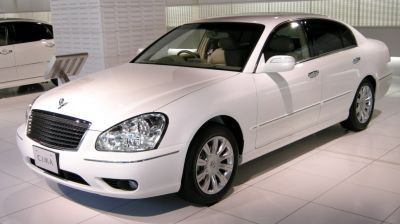
| Production: | 2001-2010 |
|---|---|
| Model Year: | 2001 |
| Length: | 4970-4995 mm195.7-196.7 in |
| Width: | 1820-1845 mm71.7-72.6 in |
| Height: | 1450-1505 mm57.1-59.3 in |
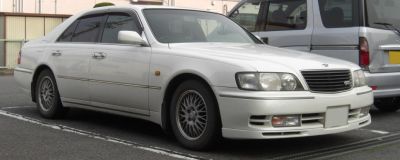
| Production: | 1996-2001 |
|---|---|
| Model Year: | 1996 |
| Length: | 4945 mm194.7 in |
| Width: | 1780 mm70.1 in |
| Height: | 1435 mm56.5 in |
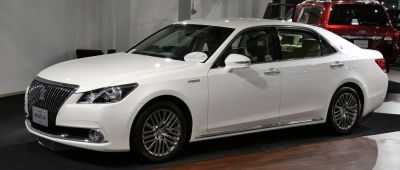
| Production: | 2013-2018 |
|---|---|
| Model Year: | 2013 |
| Length: | 4970 mm195.7 in |
| Width: | 1800 mm70.9 in |
| Height: | 1460-1475 mm57.5-58.1 in |
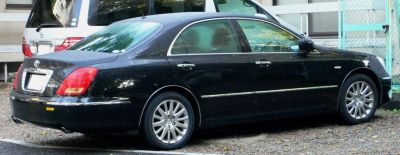
| Production: | 2004-2006 |
|---|---|
| Model Year: | 2004 |
| Length: | 4950 mm194.9 in |
| Width: | 1795 mm70.7 in |
| Height: | 1465 mm57.7 in |
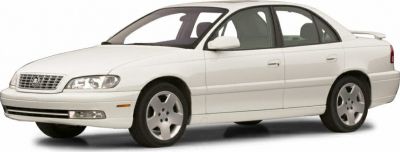
| Production: | 1996-2002 |
|---|---|
| Model Year: | 1997 |
| Length: | 4930 mm194.1 in |
| Width: | 1790 mm70.5 in |
| Height: | 1430 mm56.3 in |
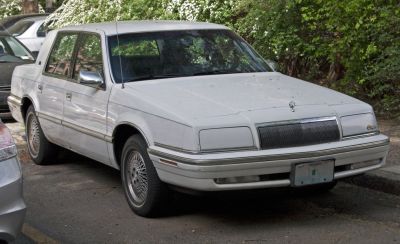
| Production: | 1988-1993 |
|---|---|
| Model Year: | 1988 |
| Length: | 4920 mm193.7 in |
| Width: | 1750 mm68.9 in |
| Height: | 1400 mm55.1 in |
